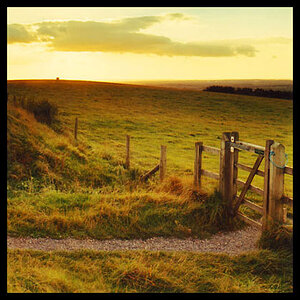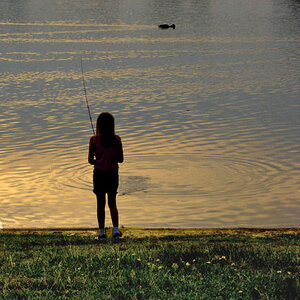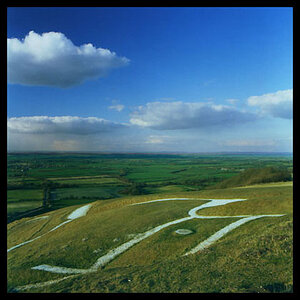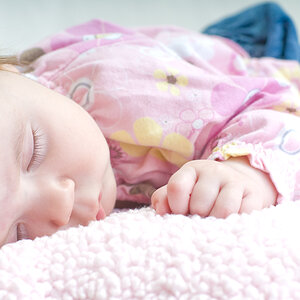butterflygirl
TPF Noob!
- Joined
- Feb 21, 2007
- Messages
- 401
- Reaction score
- 0
- Location
- Michigan
- Website
- www.photosbymcdonald.com
- Can others edit my Photos
- Photos OK to edit
Hello!
I currently have a film EOS Canon Rebel but hope to go digital. What camera would you recommend. I'd like to stay with a Canon, but am not sure what's good. What type of flash would you recommend as well? Right now I have a Pro Master 5500 flash. I already have 75-300 mm lens and the 28-90 mm lens.
I'm hoping to get into wedding photography/studio work. But as you can probably tell, I'm just getting started. I'm thinking I'll spend $500 to $1,000 - I hope. And I want a DSLR.
Any suggestions? I was thinking maybe the Canon 30d? Yes/no?
Thanks!
I currently have a film EOS Canon Rebel but hope to go digital. What camera would you recommend. I'd like to stay with a Canon, but am not sure what's good. What type of flash would you recommend as well? Right now I have a Pro Master 5500 flash. I already have 75-300 mm lens and the 28-90 mm lens.
I'm hoping to get into wedding photography/studio work. But as you can probably tell, I'm just getting started. I'm thinking I'll spend $500 to $1,000 - I hope. And I want a DSLR.
Any suggestions? I was thinking maybe the Canon 30d? Yes/no?
Thanks!


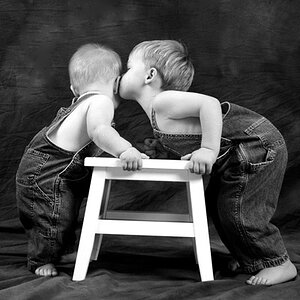
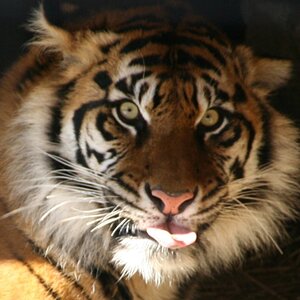

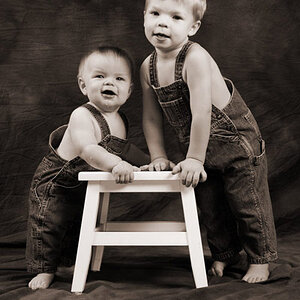
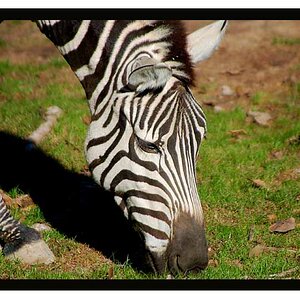
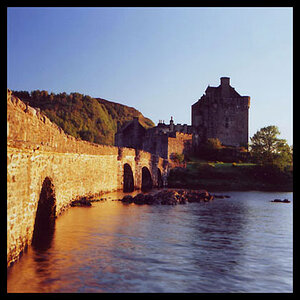
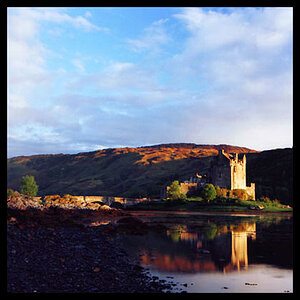
![[No title]](/data/xfmg/thumbnail/32/32930-09414fc020c2a60a456ff59a05c5ef8f.jpg?1619735759)
